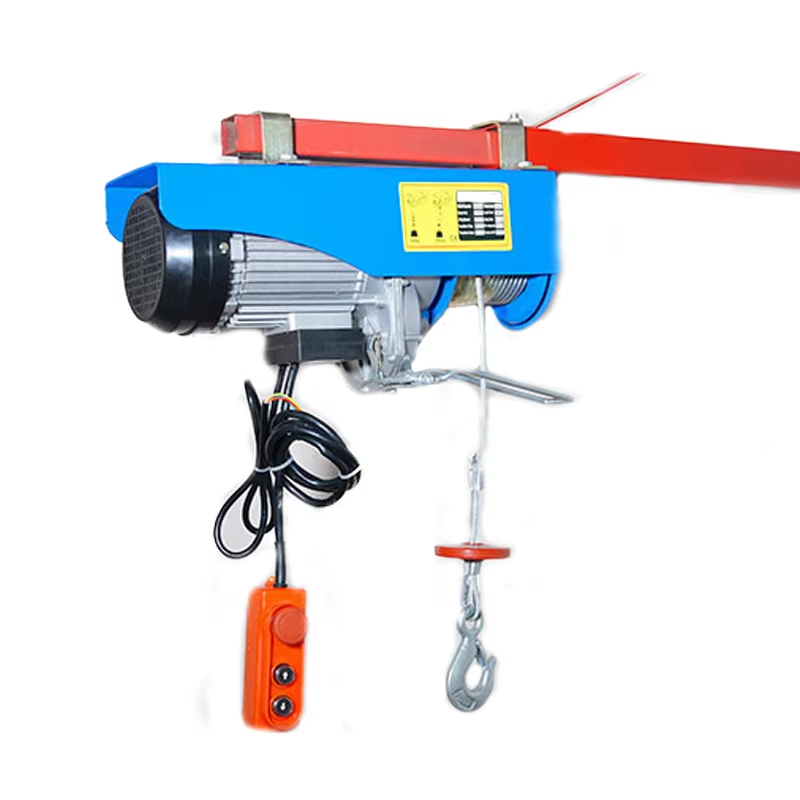The industrial lifting sector is on the brink of a transformative revolution, particularly in the realm of electric hoist manufacturing. As industries evolve and the demand for efficient, reliable lifting solutions increases, electric hoists are becoming essential components in various sectors, including construction, manufacturing, and logistics. The transition from traditional lifting mechanisms to electric hoists signifies a significant advancement in safety, efficiency, and sustainability. Electric hoists offer several advantages over their manual or pneumatic counterparts, including reduced labor costs, enhanced precision, and minimized physical strain on workers. One of the most compelling aspects of electric hoist technology is its integration with smart manufacturing principles. As factories adopt Industry 4.0 standards, electric hoists are becoming increasingly interconnected, enabling real-time monitoring and predictive maintenance. This advancement ensures that potential failures can be identified and addressed before they disrupt operations, significantly reducing downtime and maintenance costs.

Moreover, the incorporation of IoT Internet of Things technology allows for data collection and analysis, providing valuable insights into lifting operations. Operators can optimize usage patterns, monitor load capacities, and improve safety protocols, all contributing to a more streamlined workflow. Another key benefit of electric hoists is their ability to enhance safety in the workplace. With advanced features such as overload protection, automatic shut-off mechanisms, and remote control capabilities, electric hoists minimize the risk of accidents associated with lifting heavy loads. Enhanced safety protocols not only protect workers but also help organizations comply with regulatory standards, further solidifying their commitment to employee welfare. This focus on safety is particularly vital in industries where lifting heavy materials is routine, as even minor errors can lead to significant injuries and financial losses.
The environmental implications of polipasto eléctrico are also noteworthy. As industries move toward sustainability, electric hoists present a greener alternative to gas or diesel-powered lifting equipment. They produce zero emissions at the point of use and are often designed to be energy-efficient, helping companies reduce their carbon footprint. Additionally, many manufacturers are adopting sustainable practices in their production processes, such as utilizing recyclable materials and implementing energy-efficient manufacturing techniques. This shift not only aligns with global sustainability goals but also appeals to environmentally-conscious consumers. As electric hoist technology continues to advance, we can expect to see further innovations, including enhanced battery technology and improved load-handling capacities. Manufacturers are investing in research and development to create lighter, more powerful hoists that can handle a wider range of applications. This evolution will expand the utility of electric hoists, making them indispensable tools in various industrial settings. By integrating smart technologies and prioritizing environmentally friendly practices, electric hoists not only revolutionize how we approach industrial lifting but also align with the broader goals of modernization and sustainability in the industrial landscape.
